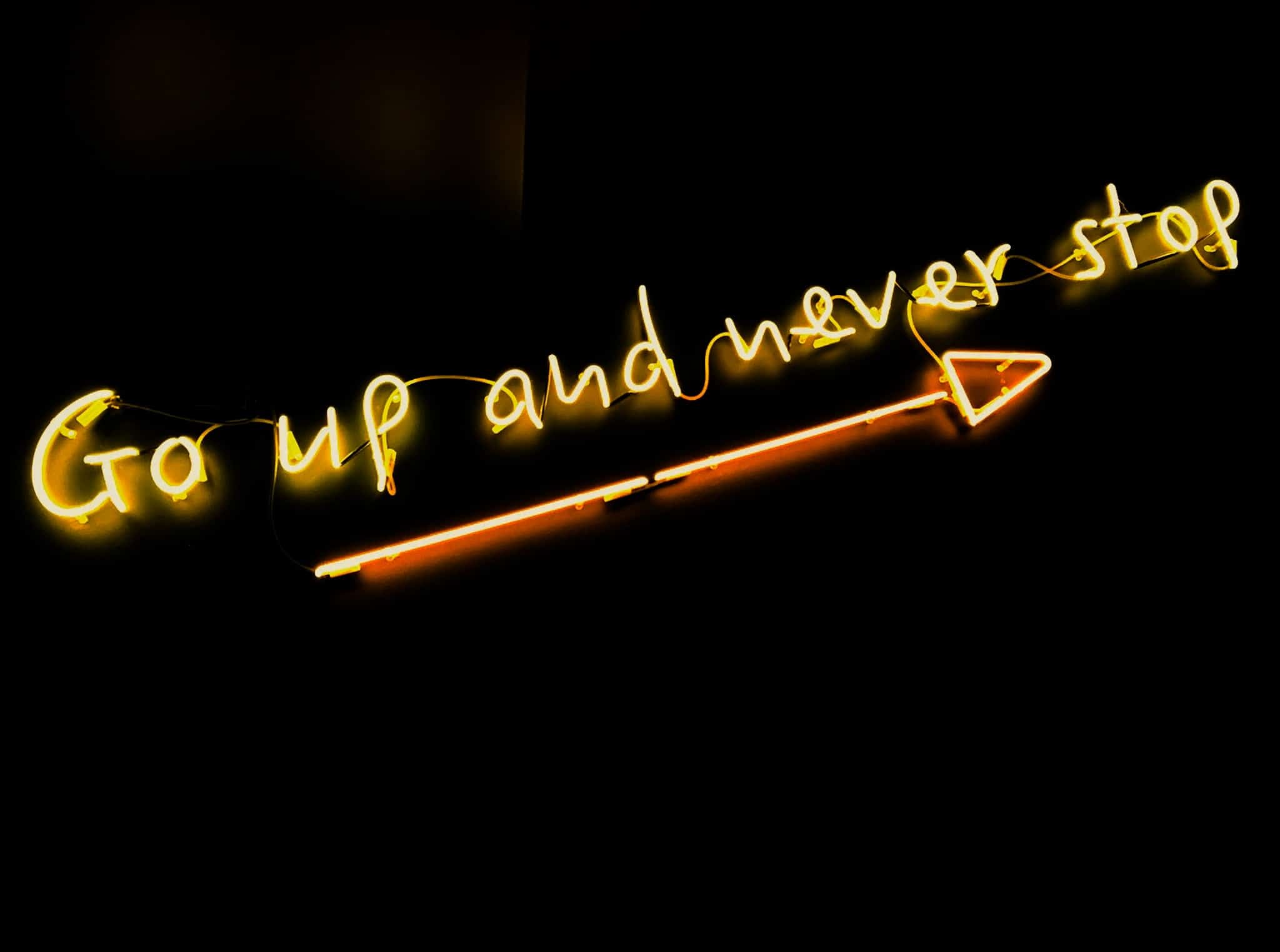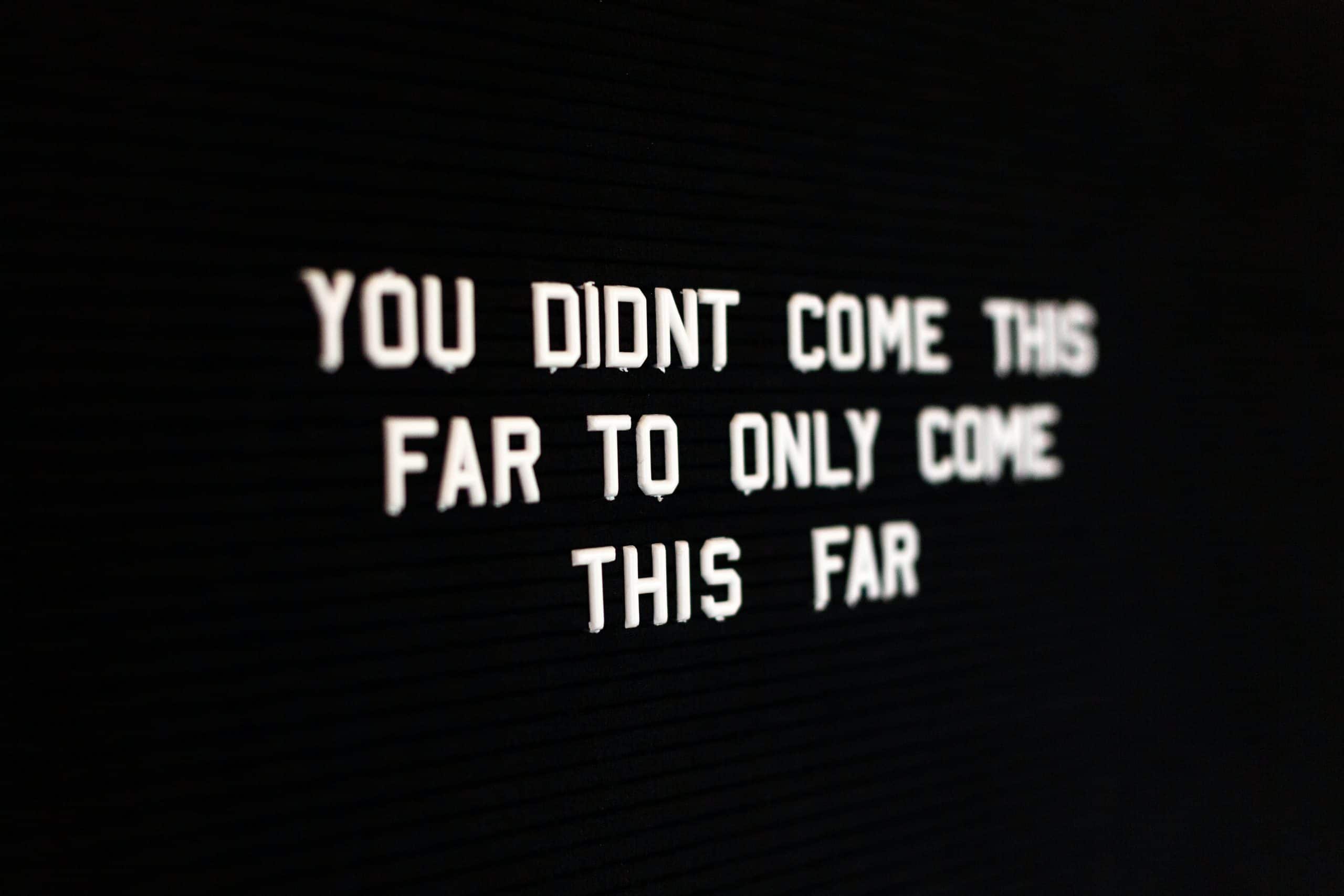
We recently spoke to Mimi Mollica about his captivating new project, Terra Nostra ahead of its debut exhibition at theprintspace Gallery between 13th-18th October. Terra Nostra is a long-term personal project focusing on Sicily’s co-existence with the Mafia, as Mimi explores the complexities of a region pervaded by lawlessness and scarred by illegitimate urban speculation. Consisting of eight large black & white images printed on our Giclee Hanhemuhle Pearl paper, the exhibition coincides with Mimi’s Kickstarter campaign providing the opportunity to support the project by pre-ordering exclusive signed copies of his new book Terra Nostra with exclusive signed, limited print options available.
The exhibition private view takes place on Thursday 13th October. Join us at theprintspace Gallery E2 8DL to experience this beautiful and complicated story for yourself, with the chance to speak to Mimi about the project! Entry is free, refreshments will be provided. Limited Guestlist available: RSVP now to avoid disappointment!
Hey Mimi! Please introduce yourself!
My name is Mimi Mollica, and I moved to London in 1996 when I was 20 years old. I wanted to find myself, to get away from Sicily and that aspect of my life, and to explore myself as a photojournalist. I started studying Photography at the LCP when I first moved to London, but I dropped out after a year as I didn’t think I was really learning anything from them! So instead, every day I would go out and I would explore London and I would photograph the things I saw that interested me and the people I met along the way.
I was introduced to photography through my father, who before becoming a lawyer was a very keen photojournalist. I grew up at home in an environment that was full of the beautiful b&w prints that he was making, and so this really started my love for photography. The communicative power of the images he was producing and the fact I was accessing the world from another period of time that I was not a part of, through my fathers images fascinated me and was a beautiful feeling.
Living in this sort of environment was an incredible way to grow up, and on my 9th birthday my grandfather gave me a little compact point and shoot camera that I took with me everywhere, and I have been photographing the world around me from that moment on.

Why did you decide to drop out of the photography course at LCP?
They didn’t challenge me enough and I didn’t feel I was learning anything. I remember on the very first assignment we were given, we were told to go out into the streets of London and that we were completely free to do whatever we wanted. So that’s what I did. I took to the streets and started shooting pictures of things around London and the people that I met along the way. Things that interested me, people that interested me. It was a very personal project of my exploration of living in a new city so different from my home, but when it came to showing the images during the project review I was told that I had failed and that my images were “just not good”. They couldn’t give me a reason why they weren’t good, and I thought, “I’m not here to be told my pictures aren’t good. I’m here to be told why they weren’t good so I can improve.” So I said f*ck them and I left! I think your tutors should be critical of your work, but I think they should be supportive of the work, because if there is no one there to support you and to give you some constructive feedback it can be incredibly difficult to understand your own work and you can end up getting very lost.
The jokes on them though, because one of those images that I was told were no good is now in the permanent collection of the Museum of London!
What was it about photography that interested you? Is there something you want to say with your work?
I have always wanted to be a photojournalist, it was and is still what defines me as a photographer. I am a nosy person, I’m curious with what is going on in the world, and I enjoy documenting the world around me, and having a camera enables me to do this. I use photography as a tool to communicate my vision and my interpretation of the world. It is how I express myself and I think that looking at the filtered reality through photographs is amazing. Shooting on film, you never quite know what you’re going to get. It is not until days, weeks, or sometimes even months later that you get to see your images come to life, and I think that is a truly magical phenomenon.

Do you think having a camera puts a barrier between you and the subject, or do you think it helps you connect with them?
I think it is a bit of both, I don’t think you can really separate the two. To some extent the camera is a barrier because you are putting a physical thing in front of you that you are hidden behind, so there is some separation between you and the subjects you are photographing. But yet the camera can always be seen as an extension of yourself and so when you photograph something, you are putting an aspect of yourself onto the subject. How you experience the world and how you are presenting the subject through your images is very important. Photography acts as a bridge that links everyone together. The photographer, the subject, the viewer, you are all connected through the imagery, and I think that is something very beautiful.

Talk me through your current project, Terra Nostra, what was it about the subject that interested you and motivated you to create the series of work.
Terra Nostra was born 7 years ago, as a personal necessity to reconnect to my homeland of Sicily. After moving to London in ’96 to get away and start a new chapter of my life, I felt a sudden urge to reconnect to my homeland and I wanted to start with what really pushed me away from it to begin with as I began to look at Sicily’s unresolved co-existence with the Mafia. A Sicilian myself, it was something that always bothered me and there is this false ideology that people have of the Mafia that has stemmed from the glamorous image that Hollywood has portrayed, and I wanted the series to show the reality of the impact the Mafia has on the day to day lives of the people that live there. Cosa Nostra infiltrated local administrations and served itself and the underworld by managing local politics, fix public tenders, and more often than not, ruled undisturbed. The resulting numbness of a large portion of civil society has contributed to Sicily’s characterising stillness, despite the heroic efforts of judges, journalists activists and even some politicians, fighting against the Mafia phenomenon. They have ruined our territory, ruined our economy and corrupted our politics. This is what I wanted to take photographs of. I wanted to document the permanent traces the Mafia has left in Sicily, after the period of drug trafficking that made them so powerful, enabling them to essentially rule above the law.
I looked at the complexities of a region pervaded by lawlessness and scarred by illegitimate urban speculation, and the impacts that this has had socially, demographically, and economically. It is a society filled with scars and a characterizing stillness, and a legacy of Mafia imprinted on the city.

How did you go about editing down your images for the book you are producing? It is a seven year project with hundreds of images. How do you decide which images to include in order to create a narrative that runs through the project?
The most important thing when creating a book is to create a visual narrative that runs through it and gets across the message you want to say. I have shot a lot of images of the past seven years of this project and I’ve spent a lot of time with a lot of different people editing them down to the selection that are going to be included in the book. There may be images that I loved when I first looked at them, but then four years down the line when I look at them again with the wider context of the work I hate them. I try to show the work to as many people as possible and I listen to what each person has to say. I think you can become too attached to certain images, and by showing them to other people you are creating a distance between you and the work, enabling you to see them from a new perspective and in a slightly objective way.
I print off all of the images that I have shot rather than viewing them all on a screen. I love being able to pick up a physical object, you view the images in a completely different way, and I think that it makes it easier for the editing process as you can lay them out and move them around, and try to create this narrative right away.
When I created the sequencing of the images, I try to think of it as a musical score. When I lay the images out I think of them as the visual music that I want to create. Something beautiful. Something that rises and falls, like a crescendo in a piece of music. And most of all something that makes you feel. The photographs are the notes, and the story will be your score. That is how I think of it when I view the work.

What do you think the importance is of printing images in the digital age?
I don’t think that enough people see their work printed, even us as photographers. When you work for a client, you work with a digital camera, you send the images digitally, and you have to be very quick in selecting the right images that tell the story and satisfy the client’s needs. A lot of the time, the only chance you have to see the images printed is in a magazine or newspaper. The printing in a magazine isn’t great, the colours are off, they aren’t sharp, and you don’t respect a magazine like you do a professional print.
Printing is like poetry. It is part of the artwork and printing professionally enables you to have complete control over how your images will look, feel, and your relationship to the image. I don’t think a photograph is completed until it is printed, and taking the time to ensure that your artwork looks exactly as you want it is incredibly important.
What’s next for you?
I am about to release a Kickstarter to help fund the project where I’ll be selling books and limited edition prints at a discounted price. I’m also currently working on two new projects, but they are in the very early stages of development.
Thanks for talking to us Mimi, and good luck with the exhibition!
Mimi Mollica will be exhibiting some of the images from his project, Terra Nostra, at theprintspace on 13th October to coincide with his Kickstarter campaign. It is a fascinating project exploring Mimi’s relationship with his homeland and the impact the Mafia has had, and the private viewing is bound to be incredibly busy. As always, entry to the PV is free, but be sure to RSVP to avoid disappointment.
We look forward to seeing you there!


